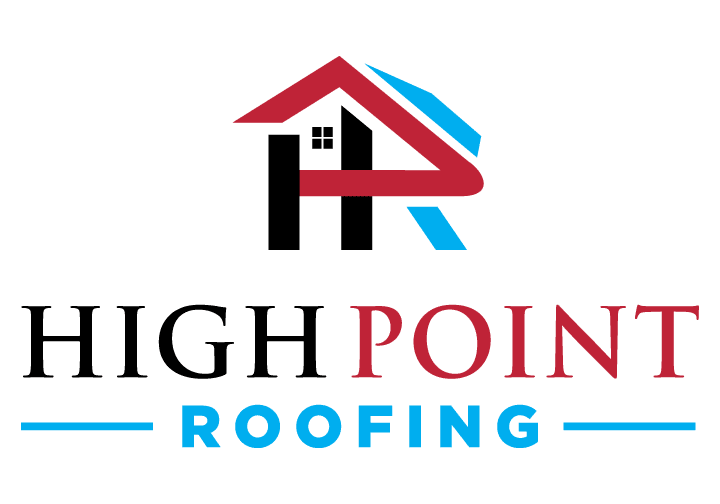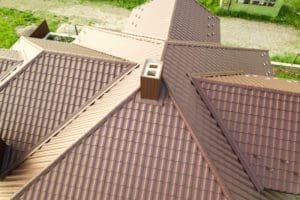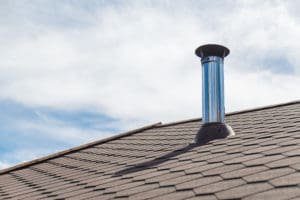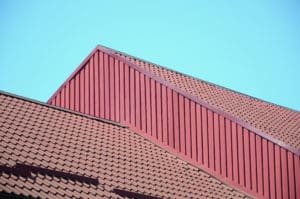Winter storms can wreak havoc on your home, particularly your roof. The weight of snow, the formation of ice, and high winds can cause significant damage if your roof is not properly prepared. In this guide, we will explore various strategies to protect your roof from the harsh winter environment, ensuring that you and your family remain safe and comfortable during the cold months.
Understanding the Impact of Winter Storms on Your Roof
When winter arrives, the challenges it poses to roofing structures can be significant. Understanding these impacts is crucial for homeowners seeking to safeguard their property.
The Science of Snow, Ice, and Your Roof
Snow is beautiful when it blankets the ground and rooftops, but it can be heavy and dense. On average, freshly fallen snow weighs about 7 pounds per square foot, but when it melts and refreezes, its weight can double. This increased load can stress the structural integrity of the roof if it is not adequately maintained. The design and materials of your roof play a critical role in how well it can withstand these winter conditions. For instance, roofs with a steep pitch can help shed snow more effectively, reducing the risk of accumulation and subsequent damage.
Ice, especially ice dams, can cause severe leaks and water damage. Ice dams occur when the heat from your home melts snow on the roof, which refreezes at the eaves due to colder temperatures. This cycle can lead to water pooling, which then seeps under shingles and into your home. The formation of ice dams can be exacerbated by inadequate insulation and ventilation in your attic, which allows warm air to escape and melt the snow unevenly. Homeowners should consider inspecting their insulation levels and ensuring proper ventilation to mitigate this risk.
Common Winter Roof Damage Types
Winter storms can lead to various types of roof damage, including:
- Leaks: Resulting from ice dams and damaged shingles.
- Structural Damage: Caused by the weight of snow and ice.
- Shingle Damage: Cracked or torn shingles due to wind or heavy snowfall.
Being aware of these damage types can help you take proactive measures to protect your roof. Regular inspections before and after winter storms can help identify potential issues early on. Additionally, clearing snow off your roof after significant snowfall can prevent excessive weight buildup and reduce the risk of ice dams forming. Utilizing a roof rake can be an effective way to manage snow accumulation safely, allowing you to maintain the integrity of your roof without putting yourself in harm’s way.
Moreover, investing in high-quality roofing materials designed to withstand harsh winter conditions can be a wise decision. For example, metal roofs are known for their durability and ability to shed snow easily, while asphalt shingles are available in various styles and can offer good protection against winter elements. Homeowners should also consider the importance of regular maintenance, such as cleaning gutters and downspouts, to ensure proper drainage and prevent ice buildup. By taking these steps, you can significantly enhance your roof’s resilience against the challenges posed by winter storms.
Preparing Your Roof for Winter
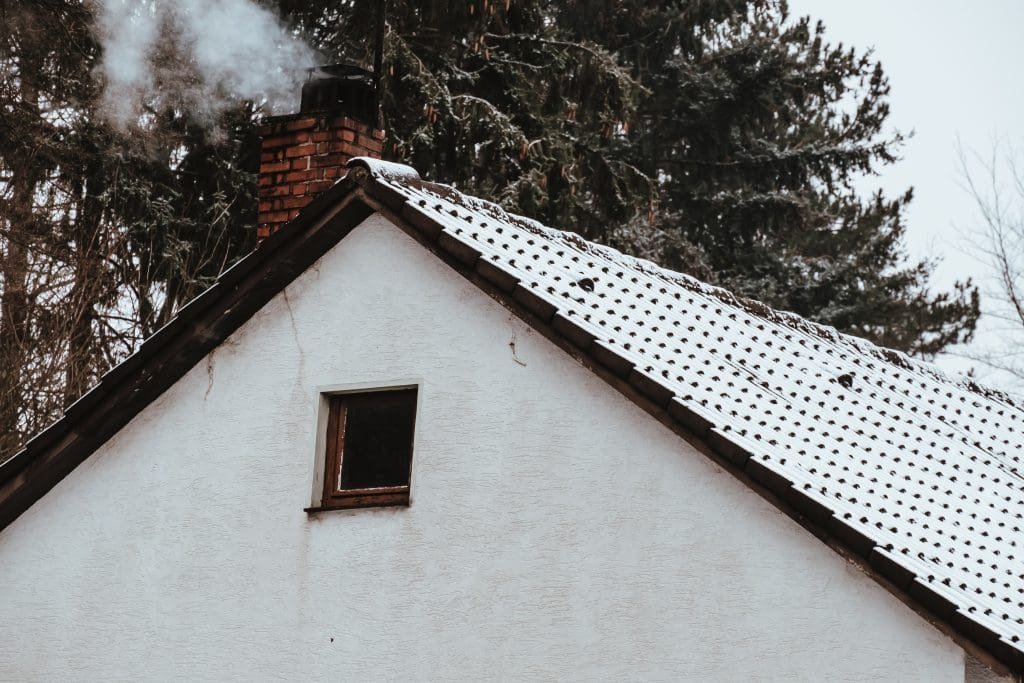
Preparation is key when it comes to safeguarding your roof against the elements. Implementing preventative measures can save you time and money down the line.
Regular Roof Maintenance and Inspection
Before winter sets in, it is imperative to conduct a thorough inspection of your roof. Look for any damaged shingles, loose seams, and signs of wear and tear. Clear out gutters and downspouts to ensure they are free from debris, allowing for proper drainage.
Consider hiring a professional to perform a detailed inspection if you’re not comfortable doing this yourself. They can spot potential issues before they escalate into more significant problems, giving you peace of mind throughout the winter season. Additionally, professionals often have access to advanced tools and techniques that can uncover hidden issues, such as leaks or structural weaknesses, that may not be visible to the untrained eye. Regular maintenance not only protects your roof but also enhances the overall integrity of your home, ensuring that it remains a safe haven during the harsh winter months.
The Importance of Proper Insulation
Proper insulation in your attic is vital for maintaining a stable roof temperature. Good insulation prevents heat from escaping your home, thereby reducing the likelihood of snow melting and refreezing at the eaves. Additionally, ensuring proper ventilation will help in regulating roof temperature, further protecting it against winter damage.
Experts recommend using a combination of fiberglass batts and foam board insulation for optimal results. This reduces ice dam formation and helps to extend the lifespan of your roof. Furthermore, investing in high-quality insulation not only safeguards your roof but also contributes to energy efficiency, lowering your heating bills during the cold months. When your home retains heat effectively, it creates a more comfortable living environment while also reducing the strain on your heating system, ultimately leading to lower energy consumption and a smaller carbon footprint.
Essential Roof Protection Strategies

In addition to preparation, employing certain strategies can significantly enhance your roof’s ability to withstand winter storms. Understanding the nuances of roof maintenance during the colder months is crucial for homeowners who wish to avoid costly repairs and ensure the longevity of their roofs.
Snow Removal Techniques for Roofs
Once significant snowfall occurs, it is crucial to remove snow from your roof. Accumulations of over a foot can add immense weight, increasing the chances of structural damage. Use a roof rake to push snow off the roof, starting at the edge and working your way up. This method not only helps in alleviating the weight but also prevents the snow from sliding off all at once, which can be dangerous.
Be cautious while on ladders, and consider doing this job in smaller intervals to avoid heavy lifting all at once. It’s best to remove snow in stages, especially after substantial storms. Additionally, wearing appropriate footwear with good traction can help prevent slips and falls while navigating snowy surfaces. If the snow is particularly heavy or icy, it may be wise to enlist the help of a professional to ensure safety and effectiveness.
Using Roof Rakes Effectively
Roof rakes are invaluable tools designed to prevent snow accumulation. These long-handled implements allow you to safely remove snow without climbing onto the roof. Focus on the areas where snow tends to accumulate the most, such as valleys and overhangs. These spots are often the first to experience issues, as they can trap moisture and lead to ice dam formation if not addressed promptly.
It is advisable to tackle snow removal when the snow is fresh and light, as wet snow is heavier and more challenging to remove. Regular snow removal can reduce the risk of ice dams and help manage the load on the roof adequately. Furthermore, consider incorporating a heated cable system along the roof’s edge to melt snow and ice, which can provide an extra layer of protection against the harsh winter elements. This proactive approach not only enhances safety but also contributes to the overall health of your roofing system, ensuring that it remains in optimal condition throughout the winter months.
The Role of Professional Roofers in Winter Roof Protection

Sometimes, the best approach to roofing issues is to call in the experts. Professional roofers bring extensive experience and knowledge, which can be beneficial during the winter months. Their expertise not only helps in identifying potential problems before they escalate but also ensures that any repairs or maintenance are carried out to the highest standards, providing peace of mind to homeowners.
When to Call in the Professionals
There are specific scenarios in which hiring a professional is not just wise but necessary. If you notice sagging areas on your roof, water stains on the ceiling, or extensive damage after a winter storm, it’s time to schedule an inspection. These signs can indicate serious underlying issues, such as structural damage or compromised insulation, which could lead to more significant problems if left unaddressed.
Additionally, if you’re not comfortable performing snow removal or roof inspections, professionals can safely perform these tasks, reducing the risk of injury. Snow accumulation can add significant weight to your roof, and without proper removal techniques, it can lead to dangerous collapses or leaks. Professional roofers are equipped with the right tools and safety gear, ensuring that the job is done efficiently and safely.
Selecting a Reliable Roofing Contractor
When choosing a roofing contractor, it’s important to do thorough research. Look for reputable companies with positive customer reviews and appropriate licensing and insurance. Ask for quotes from multiple contractors and compare their services and expertise. A reliable contractor should be transparent about their processes and willing to answer any questions you may have regarding the work they will perform.
Ensure that the contractor has experience with winter-related roofing issues, as their knowledge can save you from costly repairs down the line. In addition to checking references, consider asking about their approach to winterization techniques, such as proper insulation and ventilation, which are crucial for preventing ice dams and ensuring your roof can withstand the harsh winter elements. A contractor who understands the intricacies of winter roofing will not only help you maintain the integrity of your home but also enhance its overall energy efficiency during the colder months.
Post-Winter Roof Care and Damage Repair

After the winter season, it’s essential to assess your roof for any damage done during the harsher months. Proactive care will help extend the lifespan of your roofing material.
Identifying Signs of Winter Roof Damage
Once winter has passed, inspect your roof for signs of damage. Common indicators include:
- Curled or missing shingles
- Loose or broken flashing
- Leaks or water stains inside the home
Addressing these issues promptly can prevent more significant problems that may arise from neglecting your roof’s condition. Additionally, it’s wise to check for any signs of ice damming, which can occur when snow melts and refreezes at the roof’s edge, potentially causing water to back up under shingles and lead to leaks.
Steps for Effective Post-Winter Roof Repair
Should you discover any damage, taking immediate steps for repairs is crucial. First, clear any debris left from winter storms, as this can trap moisture and lead to further deterioration. It’s also important to inspect your gutters and downspouts, as they can become clogged with leaves and ice, preventing proper drainage and putting additional stress on your roof.
Next, replace any damaged shingles or flashing and seal any gaps where leaks may occur. If the damage is extensive, it may be wise to consult a professional for more comprehensive repairs to ensure proper restoration. Remember, regular maintenance not only helps in identifying issues early but also enhances your roof’s overall performance, ensuring that it can withstand the elements for years to come.
Furthermore, consider applying a protective sealant to your roof after repairs, which can help repel water and extend the life of your roofing materials. This simple step can provide an extra layer of defense against the unpredictable weather patterns that often follow the winter months. By staying vigilant and proactive, you can maintain the integrity of your roof and protect your home from potential damage.
